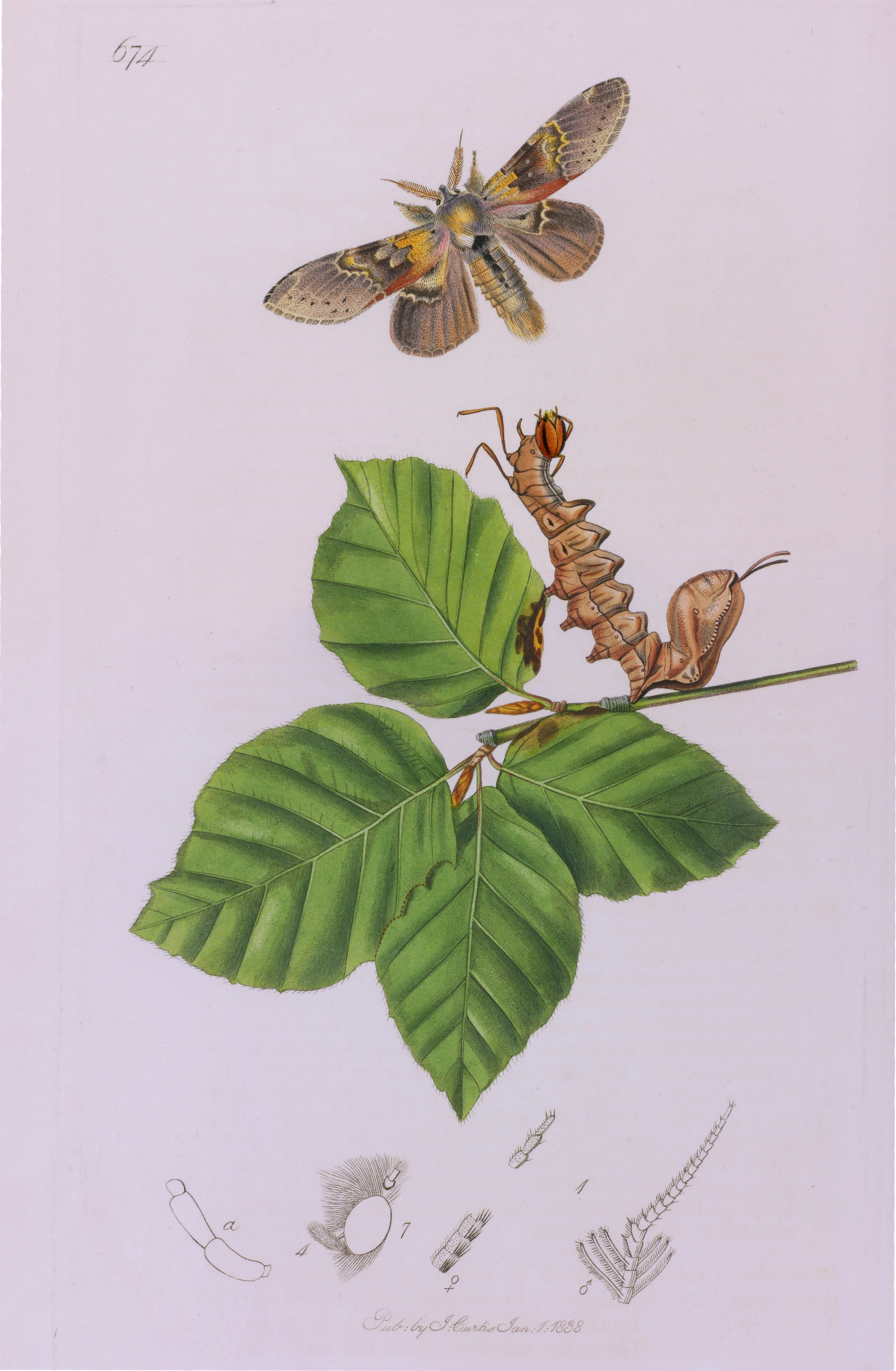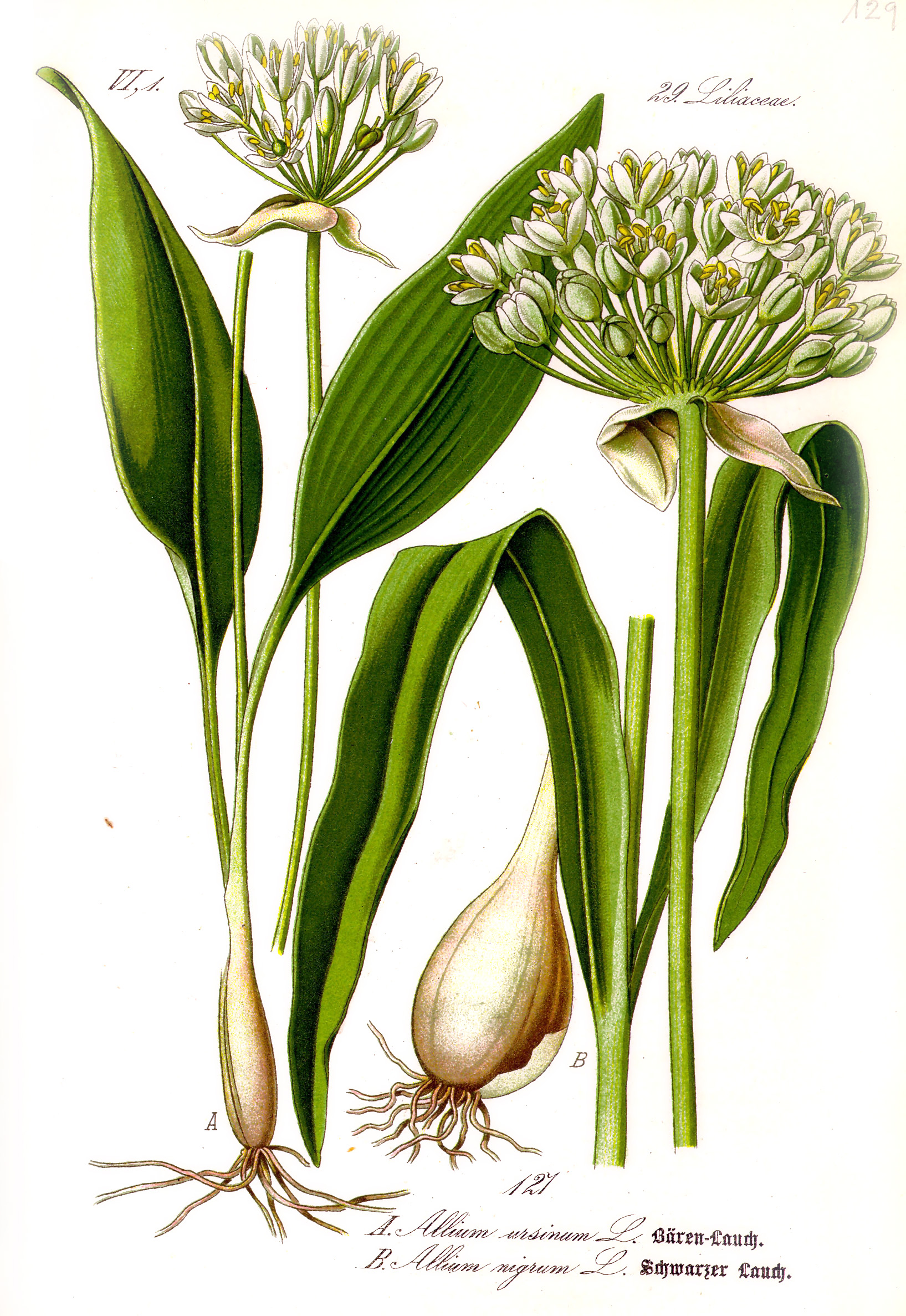|
Acrolepiopsis Betulella
''Acrolepiopsis betulella'' (Durham tinea) is a moth of the family Acrolepiidae. It is found in most of central and western Europe. It was believed to be extinct in Great Britain, with 19th-century records from damp woodland in County Durham County Durham ( ), officially simply Durham,UK General Acts 1997 c. 23Lieutenancies Act 1997 Schedule 1(3). From legislation.gov.uk, retrieved 6 April 2022. is a ceremonial county in North East England.North East Assembly â€About North East E ... and Yorkshire and 20th-century records from Scotland, until a specimen was captured in County Durham in spring 2012. The wingspan is 12–14 mm. Adults are on wing in July. There is one generation per year. The larvae feed within flowers and seedheads of '' Allium ursinum''. References External links Species info [...More Info...] [...Related Items...] OR: [Wikipedia] [Google] [Baidu] |
John Curtis (entomologist)
John Curtis (3 September 1791 – 6 October 1862) was an English entomologist and illustrator. Biography Curtis was born in Norwich to Frances and Charles Morgan Curtis. Charles Morgan died before his son had reached the age of 4 years. His mother, Frances, had a passion for flowers and was a professional flower grower. She encouraged her son to study natural history with a young local naturalist, Richard Walker (1791–1870). At the age of 16 John became an apprentice at a local lawyer's office in Norwich but devoted his spare time to studying and drawing insects and, with insect collecting becoming a growing craze, he found he could make a living selling the specimens he found. At this time he became a friend of Simon Wilkin (1790–1862) a wealthy landowner in Norfolk, eventually leaving his job to live with Wilkin at Cossey Hall where the extensive natural history library and specimen collection afforded him the opportunity to study his emerging over-riding passion, entomo ... [...More Info...] [...Related Items...] OR: [Wikipedia] [Google] [Baidu] |
British Entomology
''British Entomology'' is a classic work of entomology by John Curtis, FLS. It is subtitled ''Being Illustrations and Descriptions of the Genera of Insects found in Great Britain and Ireland: Containing Coloured Figures from Nature of the Most Rare and Beautiful Species, and in Many Instances of the Plants Upon Which they are Found''. The work comprises 770 hand-coloured, copper-plate engravings, each 8 by inches (20×14 cm), together with two or more pages of text. The work was issued in monthly parts over 16 years, each part comprising three or more (usually four) plates. Plates were initially printed on James Whatman's Turkey Mill paper and then (circa 1832) on Rye Mill paper. It was a masterpiece of the engraver's and colourist's art, described by the eminent French naturalist Georges Cuvier as the "paragon of perfection". Close examination of a proof set of plates (see below) reveals an obsessive attention to detail. The shading of the foliage is typically achie ... [...More Info...] [...Related Items...] OR: [Wikipedia] [Google] [Baidu] |
Moth
Moths are a paraphyletic group of insects that includes all members of the order Lepidoptera that are not butterflies, with moths making up the vast majority of the order. There are thought to be approximately 160,000 species of moth, many of which have yet to be described. Most species of moth are nocturnal, but there are also crepuscular and diurnal species. Differences between butterflies and moths While the butterflies form a monophyletic group, the moths, comprising the rest of the Lepidoptera, do not. Many attempts have been made to group the superfamilies of the Lepidoptera into natural groups, most of which fail because one of the two groups is not monophyletic: Microlepidoptera and Macrolepidoptera, Heterocera and Rhopalocera, Jugatae and Frenatae, Monotrysia and Ditrysia.Scoble, MJ 1995. The Lepidoptera: Form, function and diversity. Oxford, UK: Oxford University Press; 404 p. Although the rules for distinguishing moths from butterflies are not well establishe ... [...More Info...] [...Related Items...] OR: [Wikipedia] [Google] [Baidu] |
Acrolepiidae
The Acrolepiidae are a family of moths known as false diamondback moths. In modern classifications, they are often treated as a subfamily (Acrolepiinae) of the family Glyphipterigidae. Caterpillars are typically spotted and 10 to 12 mm in length. Adults have a wingspan between 16 and 18 mm and are generally nocturnal. Species Some representative species are: *''Acrolepia aiea'', Swezey 1933 *'' Acrolepia alliella'', Sato 1979 *''Acrolepia autumnitella'', Curtis 1838 *''Acrolepia nothocestri'', Busck 1914 *'' Acrolepiopsis assectella'', Zeller, 1839 *'' Acrolepiopsis betulella'', Curtis 1838 *'' Acrolepiopsis incertella'', Chambers 1872 *''Acrolepiopsis marcidella'', Curtis 1850 *'' Acrolepiopsis sapporensis'', Matsumura 1931 *'' Acrolepiopsis tauricella'', Staudinger 1870 *'' Acrolepiopsis vesperella'', Zeller 1850 *''Digitivalva arnicella ''Digitivalva arnicella'' is a moth of the family Acrolepiidae. It is found in Norway, Sweden, the Netherlands, Belgium, D ... [...More Info...] [...Related Items...] OR: [Wikipedia] [Google] [Baidu] |
County Durham
County Durham ( ), officially simply Durham,UK General Acts 1997 c. 23Lieutenancies Act 1997 Schedule 1(3). From legislation.gov.uk, retrieved 6 April 2022. is a ceremonial county in North East England.North East Assembly â€About North East England. Retrieved 30 November 2007. The ceremonial county spawned from the historic County Palatine of Durham in 1853. In 1996, the county gained part of the abolished ceremonial county of Cleveland.Lieutenancies Act 1997 . Retrieved 27 October 2014. The county town is the of |
Wingspan
The wingspan (or just span) of a bird or an airplane is the distance from one wingtip to the other wingtip. For example, the Boeing 777–200 has a wingspan of , and a wandering albatross (''Diomedea exulans'') caught in 1965 had a wingspan of , the official record for a living bird. The term wingspan, more technically extent, is also used for other winged animals such as pterosaurs, bats, insects, etc., and other aircraft such as ornithopters. In humans, the term wingspan also refers to the arm span, which is distance between the length from one end of an individual's arms (measured at the fingertips) to the other when raised parallel to the ground at shoulder height at a 90º angle. Former professional basketball player Manute Bol stood at and owned one of the largest wingspans at . Wingspan of aircraft The wingspan of an aircraft is always measured in a straight line, from wingtip to wingtip, independently of wing shape or sweep. Implications for aircraft design and anima ... [...More Info...] [...Related Items...] OR: [Wikipedia] [Google] [Baidu] |
Allium Ursinum
''Allium ursinum'', known as wild garlic, ramsons, cowleekes, cows's leek, cowleek, buckrams, broad-leaved garlic, wood garlic, bear leek, Eurasian wild garlic or bear's garlic, is a bulbous perennial flowering plant in the amaryllis family Amaryllidaceae. It is native to Europe and Asia, where it grows in moist woodland. It is a wild relative of onion and garlic, all belonging to the same genus, ''Allium''. There are two recognized subspecies: ''A. ursinum'' subsp. ''ursinum'' and ''A. ursinum'' subsp. ''ucrainicum''. Etymology The Latin specific name ''ursinum'' translates to 'bear' and refers to the supposed fondness of the brown bear for the bulbs; folk tales describe the bears consuming them after awakening from hibernation. Another theory is that the "''ursinum''" may refer to Ursa Major, as ''A. ursinum'' was perhaps one of the most northerly distributed ''Allium'' species known to the ancient Greeks, though this hypothesis is disputed. Common names for th ... [...More Info...] [...Related Items...] OR: [Wikipedia] [Google] [Baidu] |
Moths Described In 1838
Moths are a paraphyletic group of insects that includes all members of the order Lepidoptera that are not butterflies, with moths making up the vast majority of the order. There are thought to be approximately 160,000 species of moth, many of which have yet to be described. Most species of moth are nocturnal, but there are also crepuscular and diurnal species. Differences between butterflies and moths While the butterflies form a monophyletic group, the moths, comprising the rest of the Lepidoptera, do not. Many attempts have been made to group the superfamilies of the Lepidoptera into natural groups, most of which fail because one of the two groups is not monophyletic: Microlepidoptera and Macrolepidoptera, Heterocera and Rhopalocera, Jugatae and Frenatae, Monotrysia and Ditrysia.Scoble, MJ 1995. The Lepidoptera: Form, function and diversity. Oxford, UK: Oxford University Press; 404 p. Although the rules for distinguishing moths from butterflies are not well establishe ... [...More Info...] [...Related Items...] OR: [Wikipedia] [Google] [Baidu] |




